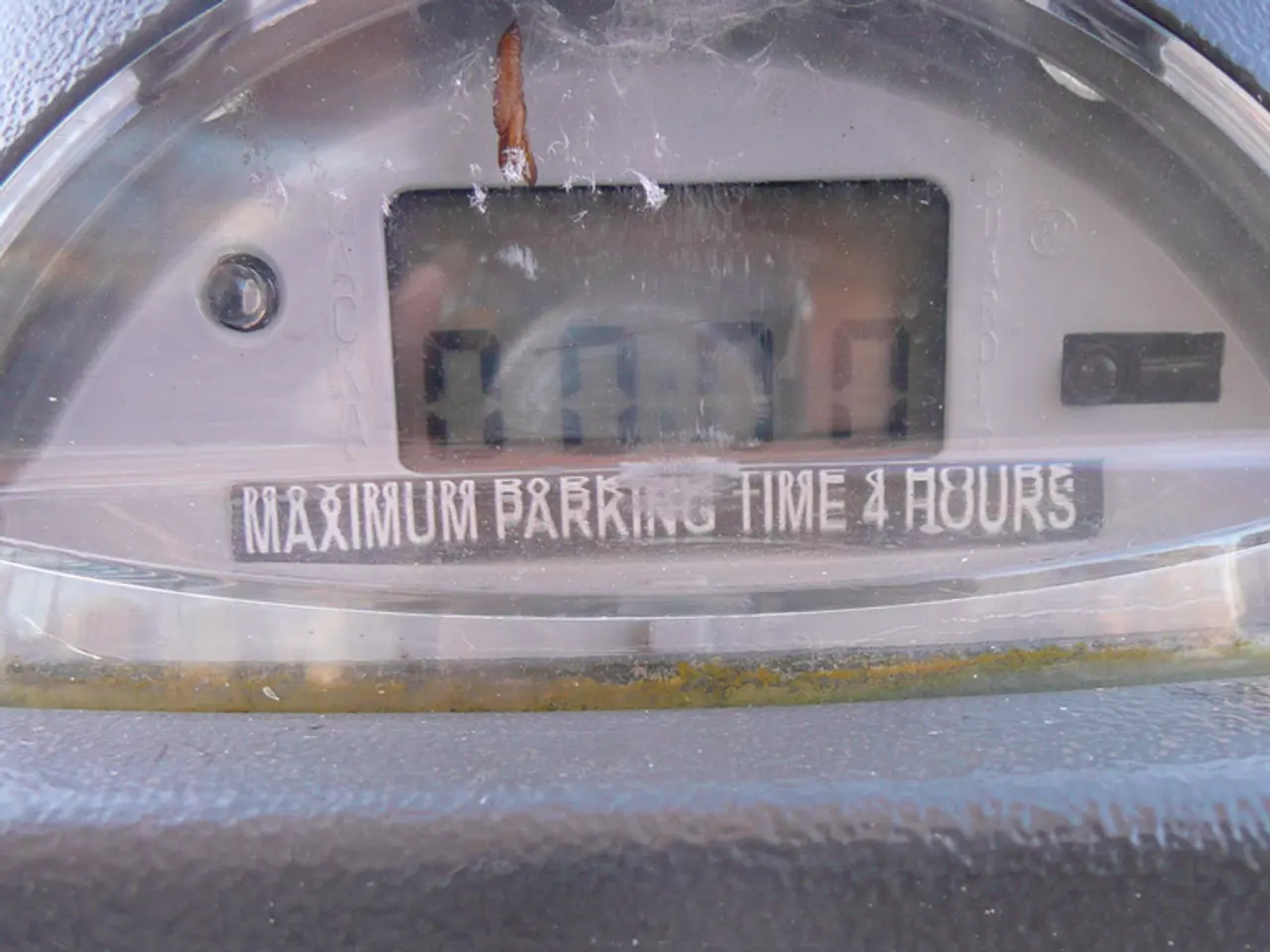Exploring the exploited weakness found in Microsoft SharePoint server infrastructure
Breaking News: Critical Zero-Day Exploit Affects On-Premises SharePoint Servers
A zero-day exploit, known as "ToolShell," has been discovered in the on-premises versions of Microsoft's SharePoint Server (2016, 2019, and Subscription Edition). This exploit, which takes advantage of a previously unknown chain of bugs, can allow attackers to execute arbitrary code, escalate privileges, and steal machine keys used for authentication.
The vulnerability was first identified in July 2025, and it poses an immediate risk to government agencies, schools, health care providers, hospitals, and large enterprise companies running on-premises SharePoint. The exploit has already been used in widespread attacks on businesses and some U.S. government agencies.
Fortunately, Microsoft has issued an emergency fix to address this zero-day exploit. However, the company is still working on a patch for the older SharePoint Server 2016 software. It's crucial for organizations using on-premises SharePoint to apply all relevant patches as soon as possible to protect their systems.
It's worth noting that cloud-hosted SharePoint (Microsoft 365 version) is not affected by this zero-day exploit.
Michael Sikorski, CTO and Head of Threat Intelligence for Unit 42 at Palo Alto Networks, warns that the exploit still leaves many potentially exposed to bad actors, and it may also allow bad actors to bypass future patching. Sikorski advises organizations running on-premises SharePoint to take immediate action, apply all relevant patches, rotate all cryptographic material, and engage professional incident response.
In addition, an immediate, band-aid fix would be to unplug the Microsoft SharePoint from the internet until a patch is available. The U.S. Cybersecurity and Infrastructure Security Agency (CISA) also warns that the impact of the exploit could be widespread and recommends disconnecting servers impacted by the exploit from the internet until they are patched.
This zero-day exploit is a variant of the existing vulnerability CVE-2025-49706. The exploit's destruction potential highlights the importance of keeping software up-to-date and vigilant against cyber threats, especially in widely used enterprise software.
[1] What is a zero-day exploit? (n.d.). Retrieved from https://www.mcafee.com/enterprise/en-us/resources/analytics/zero-day-exploit.html
[2] Microsoft patches zero-day vulnerability affecting on-premises SharePoint servers. (2025). Retrieved from https://www.zdnet.com/article/microsoft-patches-zero-day-vulnerability-affecting-on-premises-sharepoint-servers/
[3] Palo Alto Networks: New zero-day exploit discovered in Microsoft SharePoint. (2025). Retrieved from https://www.zdnet.com/article/palo-alto-networks-new-zero-day-exploit-discovered-in-microsoft-sharepoint/
[4] Microsoft SharePoint zero-day exploit: How to protect your organisation. (2025). Retrieved from https://www.techradar.com/uk/news/microsoft-sharepoint-zero-day-exploit-how-to-protect-your-organisation
[5] CISA warns of SharePoint zero-day exploit affecting on-premises servers. (2025). Retrieved from https://www.zdnet.com/article/cisa-warns-of-sharepoint-zero-day-exploit-affecting-on-premises-servers/
The recent discovery of the "ToolShell" zero-day exploit affecting federal workforce institutions using on-premises SharePoint could lead to widespread data breaches. This exploit demands urgency in reimagining the workforce's approach to cybersecurity, particularly in data-and-cloud-computing environments. In light of this, it is crucial for the federal workforce to prioritize appraising and applying all relevant patches, including rotating cryptographic material, and consider engaging professional incident response.




